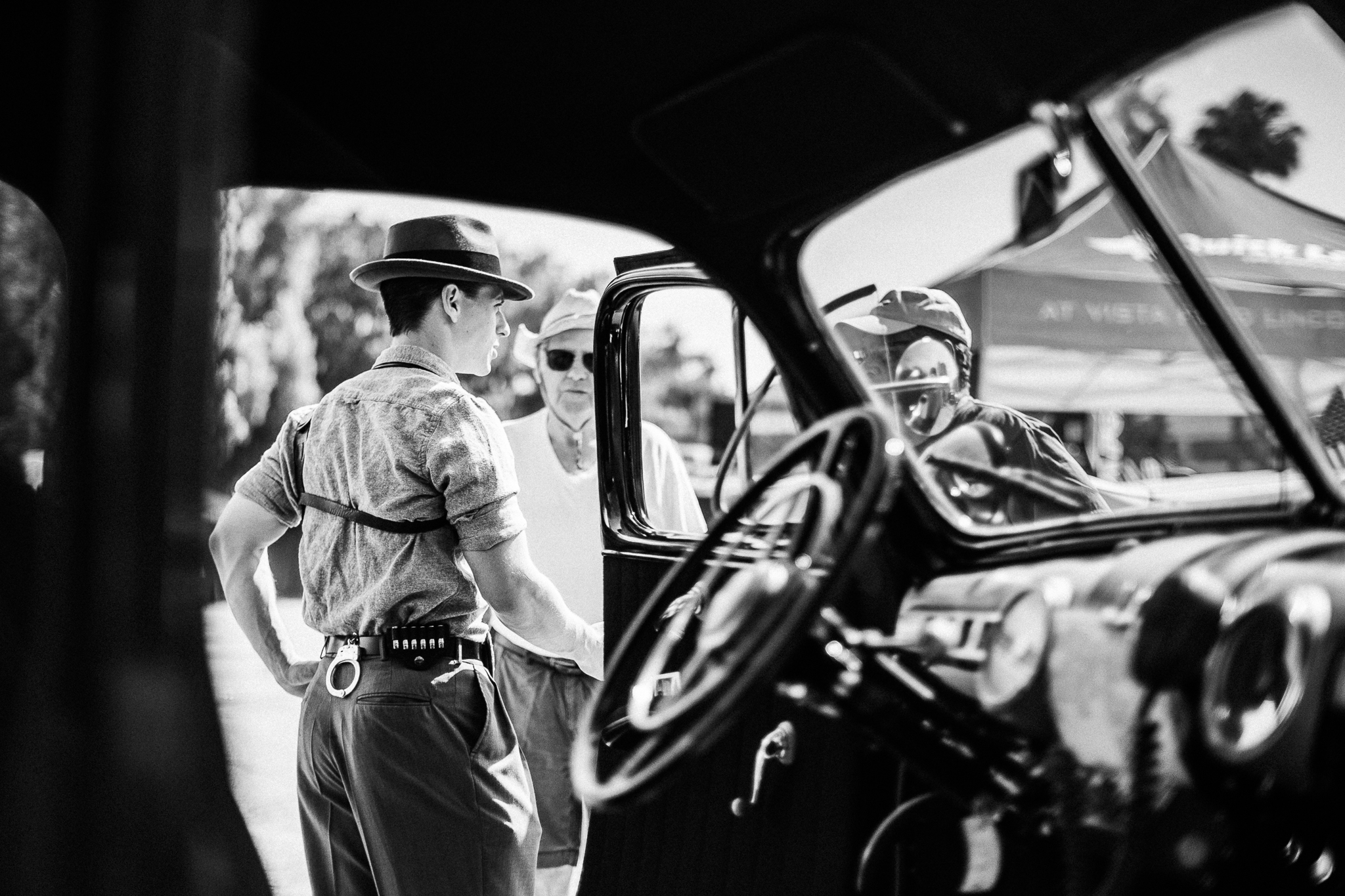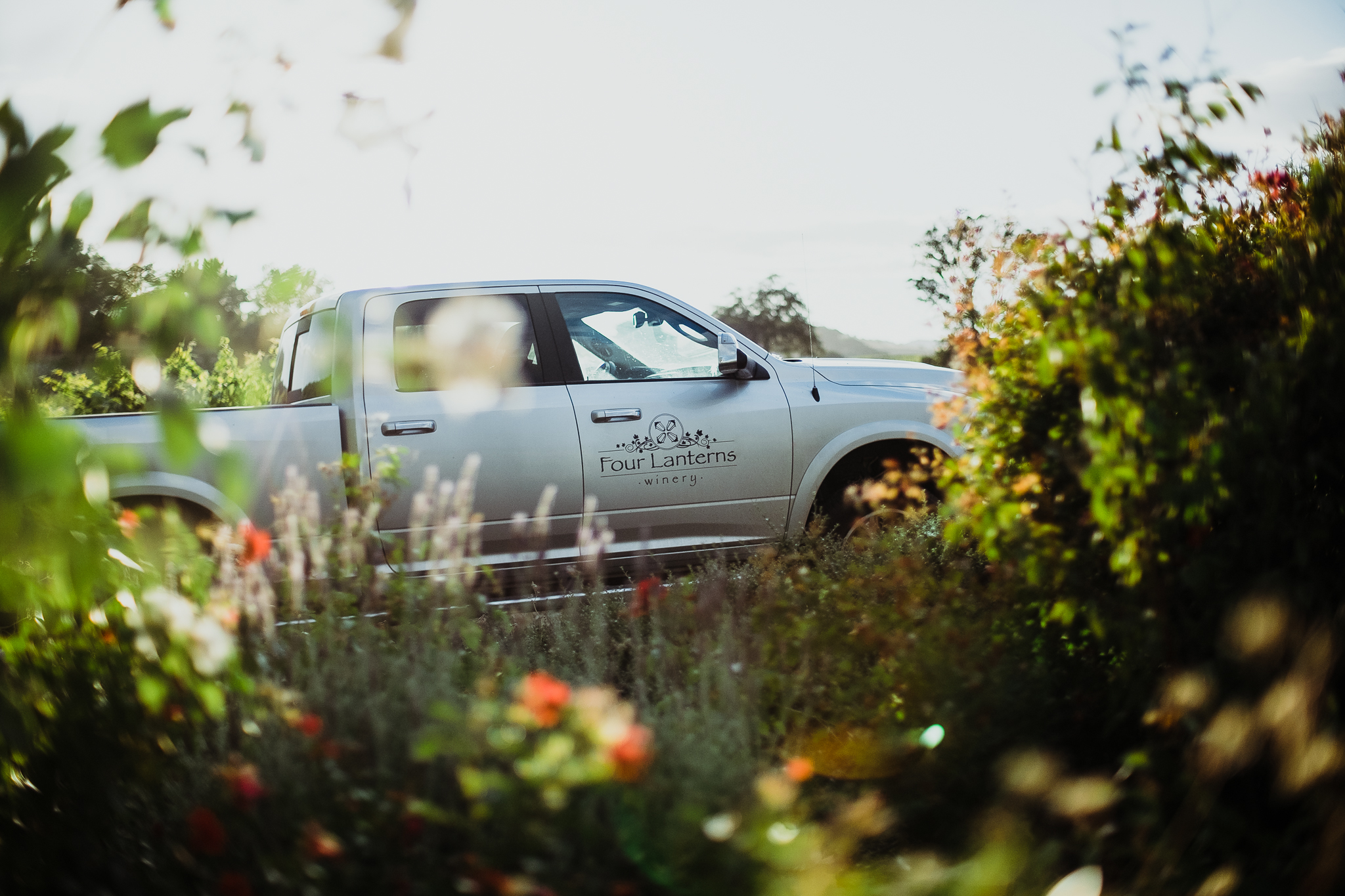Why the Mitakon 35mm f/0.95 is my Favorite Fuji X Lens
A bit over a month ago, my birthday was just weeks away and I was in the market for a new lens. I had my eye on some wide angles, since who doesn't like those crazy leading lines you can get with some super-wide focal lengths? I was eyeing the Rokinon 12mm and the Fuji 10-24mm in particular, but something felt off about them. They were so niche that I felt like I wasn't really going to ever use them. I went over to B&H's website to check whether they were on sale and stumbled upon the Mitakon Zhongyi Speedmaster 35mm f/0.95 Mark II Lens for Fujifilm X. It was on sale for $100 off the $600 price, but only for the next 30 minutes. I frantically messaged my photographer friends to ask whether or not I should pull the trigger. All but one said no, so of course I bought it. The following is an informal review of the Mitakon 35mm for Fuji X, one month later. I'm not Ken Rockwell, so please don't expect something perfect and scientific.
Mitakon 35mm @ f/0.95 with CP Filter on Fujifilm X-T1. ISO 200 & 1/4700 sec.
Pros:
Since purchasing the Mitakon, it has barely left my X-T1. I haven't touched my Canon FD 55mm f/1.2 at all recently, it feels like a hand grenade with its huge adapter compared to the other two native Fuji lenses. This leads us to the first big plus for this lens, it's surprisingly light. Coming in at around a pound, it's heavier than my Fuji 23mm f/1.4 but still completely usable. I can imagine this would cause an issue on much smaller Fuji cameras, but it feels right at home mated with my X-T1. The EVF on the Fuji also aids greatly in the use of this lens with focus peaking. I can't imagine using this lens without it, it would be nearly impossible to use. This is because of another pro, the absolutely minuscule depth of field (DoF). Seriously, you have to use it to believe. But that's why you're looking at this lens anyways, so I'm not going to go too much into that. Despite the DoF being so tiny, it is surprisingly easy to focus and sharp when, and if, you nail the focus. This is compared with my Canon 55, which at f/1.2 looks like you smeared the front element with Vaseline. The focus is much smoother than I would've expected. The Fuji 23 1.4 feels a bit loose when you focus, but the Mitakon has the perfect amount of resistance. If you need to change focus quickly, there's no struggle.
Image quality-wise, the lens is surprisingly sharp wide open, in the center at least. The corners are extremely blurred, giving it a very "artistic" look combined with the somewhat swirly bokeh. It's nowhere near the level of the old Russian Helios lenses, but it's quite interesting sometimes. The picture of the truck above should illustrate that well. The extremely wide aperture, combined with the lack of autofocus can make it frustrating to use with moving subjects. However, I strongly believe that learning to use a manual lens is important to becoming a better photographer. Since you're forced by the lens to take more time focusing your shots, you also happen to spend more time composing the shot. The differences between my automotive shots on my autofocus 23mm and manual 35mm are like night and day.
Lastly, there's the lowlight performance, which is probably why you're considering this lens in the first place. It is absolutely fantastic, hands down. At Luftgekühlt back in May, I was shooting wide open at ISO 200. I was still learning to use the lens, so many of my shots came out a bit off, but none of them were remotely noisy. If you want a superb lowlight lens, this is it.
Mitakon 35mm @ f/0.95 on Fujifilm X-T1. ISO 200 & 1/400 sec.
Cons:
My biggest gripe with the Mitakon is also one of its best features, the extremely shallow Depth of Field. On a Fuji without focus peaking, I believe it would be nearly impossible to use. If you do have an OVF, I would only get this lens if you are comfortable using the rear screen for focus peaking. In addition, the lens has a clickless aperture. While this is great for video, it can be rather annoying when shooting stills. This issue is exacerbated when shooting on multiple lenses, since the aperture ring is the outer ring, closest to the front element. This is the reverse of what it is on most lenses I've used. The lens caps it comes with are rather cheap, and noticeably worse than the ones Fuji lenses come with. It's a small gripe and not really a huge issue. The last issue is also a big one, especially for someone who shoots automotive photography: severe chromatic aberration. Frankly, it's terrible and probably the worst I've seen on a lens at this price level. It doesn't bother me in most situations, since it's easily removable in Lightroom. The main issue is that on very reflective automobiles, it's very easy to tell if someone has removed CA. The reflections just don't look right when you need to remove that much CA. It's not a huge issue for me, since I think it's worth the sacrifice to have amazing lowlight performance and a super shallow DoF. The following image is without any CA corrections, to illustrate the issue.
Mitakon 35mm @ f/0.95 with CP Filter on Fujifilm X-T1. ISO 800 & 1/100 sec.
Overall Opinion:
This lens has amazing lowlight performance and shallow Depth of Field at a cost: ease of use and chromatic aberration. For me, the positives greatly outweigh the negatives. The lens isn't clinically sharp like the Fuji 56 1.2 is, but that's not why I bought it. I bought it because it was unique and I thought it fit my style of photography quite well. This lens hasn't let me down at all, in fact, all it's done is surprise me. The photos it produces are always much more beautiful than I realize at first. If you're looking for a unique, quirky lens to add to your lineup, you should really put some thought into the Mitakon 35mm. It surprised me and changed the way I approach photography.








